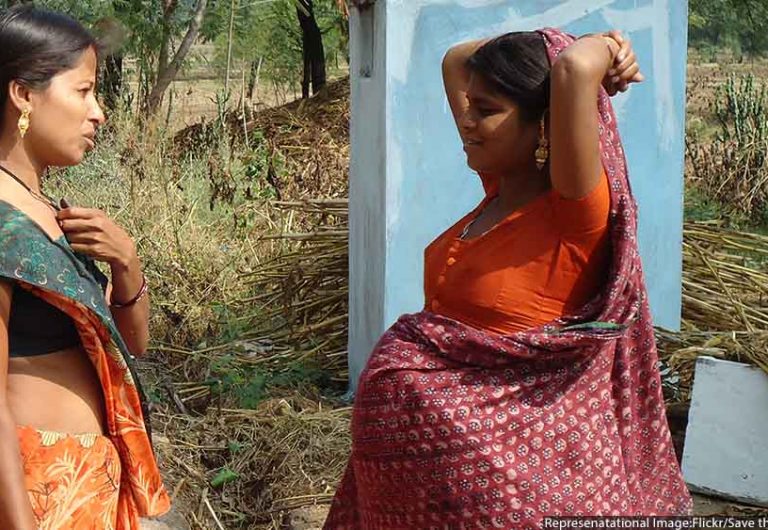20 sexist issues Indian women are bored with hearing
“Only growing women’s education does not shift gender inequality,” mentioned Zhiyong Lin, a co-writer of the examine. In India, “energy in marriage, power in marriage choice and socio-financial independence” don’t automatically come from education, he explained. The rise in such marriages “displays deep-rooted gender scripts in India”, the authors wrote.
Girls don’t sit like that.
The first Indian woman to win an Olympic Medal, Karnam Malleswari, a bronze medal on the Sydney Olympics within the sixty nine kg weight class in Weightlifting occasion. Sarla Thakral became the first Indian woman to fly an plane in 1936. However, on 28 September 2018, the Supreme Court of India lifted the ban on the entry of girls.
Education and economic growth
The National Commission for Women subsequently elaborated these guidelines right into a Code of Conduct for employers. In 2013 India’s top courtroom investigated on a legislation graduate’s allegation that she was sexually harassed by a lately retired Supreme Court judge.
In 2014, the Law Commission of India has requested the federal government to change the legislation to offer Christian women equal property rights. Though it’s sharply increasing, the feminine literacy fee in India is less than the male literacy price.
However, the choice was opposed by fundamentalist Muslim leaders, who alleged that the court was interfering in their private legislation. The Union Government subsequently passed the Muslim Women’s (Protection of Rights Upon Divorce) Act. In most Indian families, women don’t own any property in their very own names, and don’t get a share of parental property. Due to weak enforcement of laws protecting them, women proceed to have little entry to land and property. Since alcoholism is usually related to violence towards women in India, many women groups launched anti-liquor campaigns in Andhra Pradesh, Himachal Pradesh, Haryana, Odisha, Madhya Pradesh and different states.
Around 70% of girls in India are victims of domestic violence, according to Renuka Chowdhury, former Union minister for Women and Child Development. Domestic violence was legally addressed within the Nineteen Eighties when the 1983 Criminal Law Act introduced section 498A “Husband or relative of husband of a woman find indian girls subjecting her to cruelty”. Similarly, Christian women have struggled through the years for equal rights in divorce and succession. In 1994, all churches, collectively with women’s organizations, drew up a draft regulation called the Christian Marriage and Matrimonial Causes Bill.
Few Working Women
The status of girls in India has been topic to many modifications over the span of recorded Indian historical past. Anandibai Joshi was one of many first South Asian feminine physicians and the primary Indian feminine physician, to be skilled within the tradition of Western medication.
How this ‘intrapreneur’ is spearheading a reverse-innovation pattern within the Indian fintech market
Begum Hazrat Mahal, the co-ruler of Awadh, was one other ruler who led the revolt of 1857. The Begums of Bhopal have been also considered notable feminine rulers throughout this period.
Participation of girls in social life

In 1963, she turned the first woman to carry a prestigious place of the Chief Minister of Uttar Pradesh. She served because the president of the Indian National Congress twice. She was also India’s ambassador to Russia during the late forties, and the governor of Maharashtra, later. Pandit is greatest identified for being the primary woman president of the UN General Assembly. The dirty secret about men’s crass abuse of power through sexual violence in opposition to women has hit the worldwide press.

Additionally, married daughters, even these facing domestic abuse and harassment, had no residential rights in the ancestral home. Thanks to an modification of the Hindu laws in 2005, women now have the identical status as men. However, India has a robust history of many ladies with inherited wealth establishing large enterprises or launching successful careers in their very own rights. Under the Non-Formal Education programme (NFE), about forty% of the NFE centres in states and 10% of the centres in UTs are completely reserved for women.
Ishwar Chandra Vidyasagar’s campaign for improvement within the state of affairs of widows led to the Widow Remarriage Act of 1856. Many women reformers similar to Pandita Ramabai also helped the cause of women.